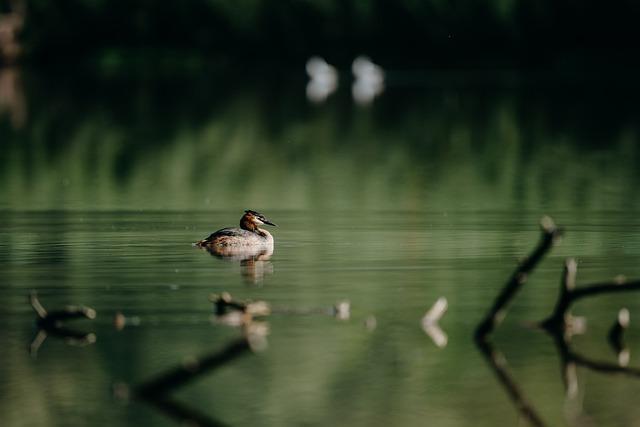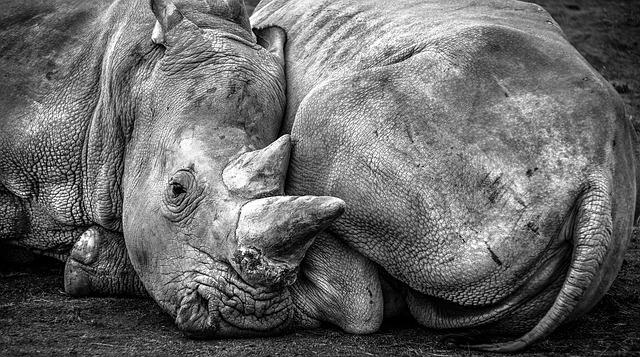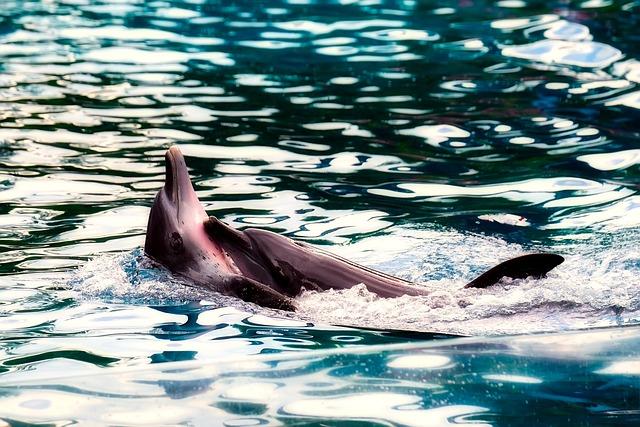- Introduction
- Habitat and Distribution
- Biology and Unique Features
- Conservation Status and Threats
- Efforts for Conservation
- Conclusion
- FAQs
- References
Introduction
The Yangtze Finless Porpoise is a fascinating aquatic mammal endemic to China's Yangtze River. Known for its playful personality and human-like smile, this iconic species is critically endangered. In this article, we will explore its habitat and distribution, unique biology, the challenges it faces, and the efforts being made to conserve it.
From understanding the delicate balance of its ecosystem to the innovative measures being taken to protect it, the Yangtze Finless Porpoise symbolizes the urgency for global conservation. Let’s dive into this captivating topic!
Habitat and Distribution

(Image: Pixabay/@chengpeng1978)
The Yangtze Finless Porpoise (Neophocaena asiaeorientalis ssp. asiaeorientalis) primarily inhabits the lower and middle reaches of the Yangtze River. This region includes Dongting Lake and Poyang Lake, two critical habitats that support its population.
This porpoise is freshwater-dependent, thriving in calm waters with abundant fish stocks. Unlike marine finless porpoises, the Yangtze variety has evolved to survive in an entirely freshwater environment. Its presence in one of the world's longest rivers reflects a unique ecological adaptation.
Unfortunately, habitat degradation, increased vessel traffic, and pollution have fragmented its natural range over the years. The rapid industrialization alongside the Yangtze River has added significant stress to its delicate ecosystem, pushing the species to isolated and vulnerable areas.
Understanding their habitat and distribution is vital for preserving these endemic creatures. Targeting areas of ecological importance within their distribution can significantly improve conservation outcomes.
Biology and Unique Features

(Image: Pixabay/@bananajoe87)
The Yangtze Finless Porpoise is a member of the cetacean family, which also includes whales and dolphins. Unlike its marine relatives, its sleek, rounded body lacks a dorsal fin, a defining characteristic that gives it its "finless" name.
Possessing incredible intelligence, this species communicates using clicks and whistles—a form of echolocation. It uses these sounds both for navigating murky waters and hunting prey. Its diet consists mainly of small fish, shrimp, and other aquatic organisms.
One of its most remarkable features is what many describe as a "permanent smile." This friendly and intelligent appearance endears it to researchers and locals alike, earning it the nickname "smiling angel of the Yangtze River."
Its lifespan is relatively short compared to other cetaceans, living around 20 to 25 years in the wild. Mating behaviors, calving intervals, and other biological insights are crucial for developing effective breeding programs.
Conservation Status and Threats

(Image: Pixabay/@Atlantios)
The Yangtze Finless Porpoise is currently classified as critically endangered by the International Union for Conservation of Nature (IUCN). A 2017 population survey estimated fewer than 1,000 individuals remaining in the wild.
Poor water quality, heavy boat traffic, and incidental bycatch from fishing activities represent the main threats to their survival. The construction of dams, such as the Three Gorges Dam, has also drastically altered water flow, disrupting fish populations and spawning grounds crucial for the porpoise's survival.
Climate change only exacerbates these problems. Fluctuating water temperatures and flood patterns further affect their habitat, adding layers of peril to their already fragile existence.
Without urgent action, the fate of the Yangtze Finless Porpoise could mimic that of the Baiji dolphin, another Yangtze River species declared functionally extinct in 2006.
Efforts for Conservation

(Image: Pixabay/@qimono)
Conservation organizations, along with Chinese authorities, have ramped up efforts to save the Yangtze Finless Porpoise. Rescue and relocation programs aim to establish semi-natural reserves, offering protected environments void of human interference.
Dramatic steps like creating "ecological migration corridors" within the Yangtze River have shown promise in maintaining genetic diversity and accessibility to food sources. By enabling porpoises to move safely between fragmented habitats, these corridors are heralded as essential tools in biodiversity conservation.
Education and awareness campaigns in local communities highlight sustainable fishing practices, while reducing water pollution through upgraded waste treatment facilities further aids the effort.
Notable international partnerships have also provided funding and scientific expertise, lending hope to this ambitious race against time. Continued monitoring, strict enforcement of environmental regulations, and research into porpoise behavior remain priorities for future success.
Conclusion
The Yangtze Finless Porpoise stands as a reminder of both the wonders and fragility of nature. Its plight reflects the broader challenges faced by aquatic ecosystems worldwide. Protecting this species requires concerted global effort and local action, blending science, policy, and public engagement.
As the smiling angel of the Yangtze swims toward an uncertain future, it is our collective responsibility to ensure it continues to thrive. Each measure taken today can pave the way for a brighter tomorrow for this iconic species.
FAQs
What is the Yangtze Finless Porpoise?
The Yangtze Finless Porpoise is a freshwater cetacean species endemic to the Yangtze River in China. It is critically endangered due to habitat loss, pollution, and other anthropogenic pressures.
Why is it called "finless"?
The species lacks a dorsal fin, unlike most other porpoises and dolphins, giving rise to the name "finless porpoise."
How can we help conserve the Yangtze Finless Porpoise?
Supporting conservation organizations, spreading awareness, and practicing sustainable living can contribute significantly to its survival. Advocating for government policies on pollution control and species protection is also critical.
Are there any success stories in conserving this species?
Semi-natural reserves and ecological corridors have proven to be effective in stabilizing some local populations. However, more efforts are needed to ensure its long-term survival.

